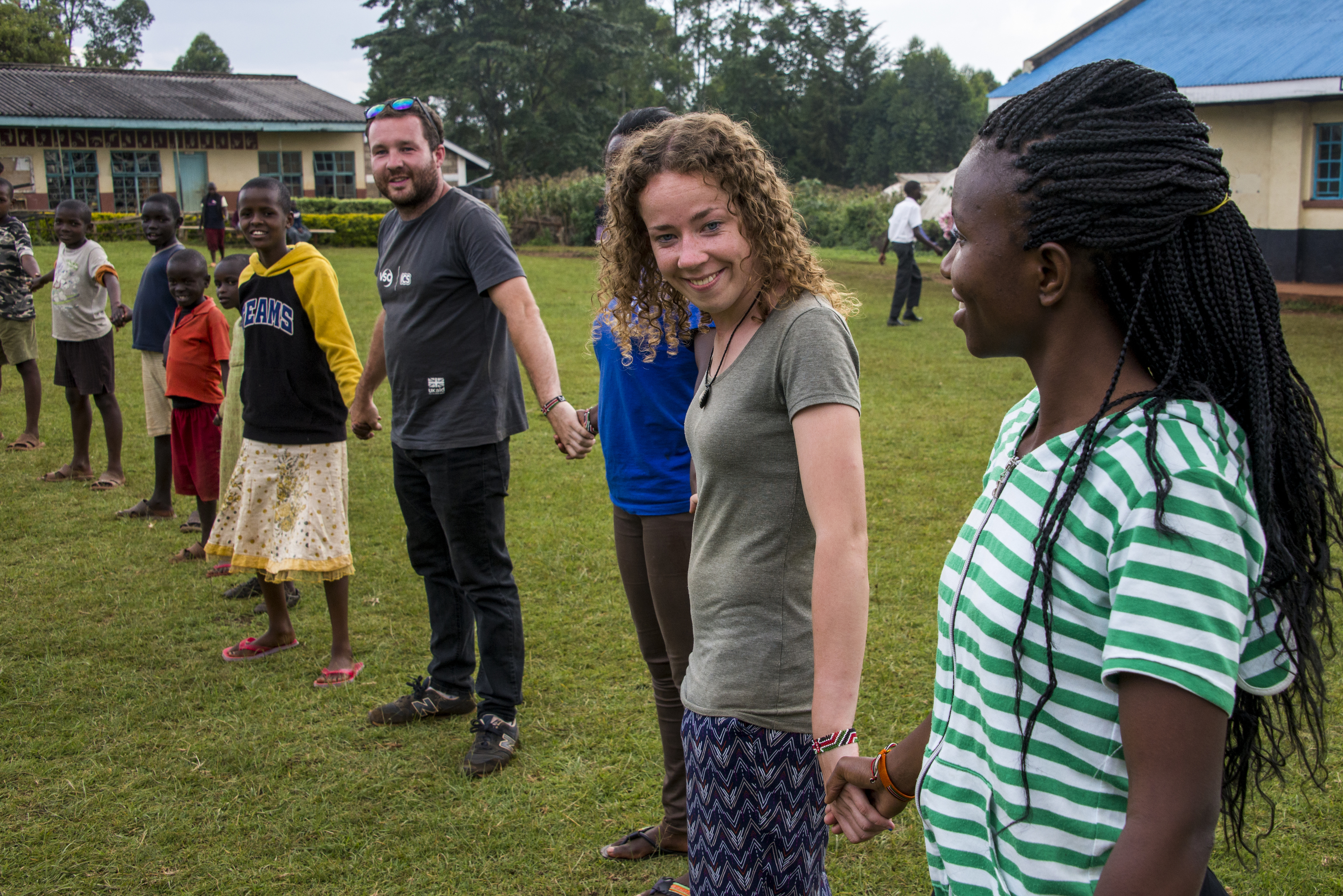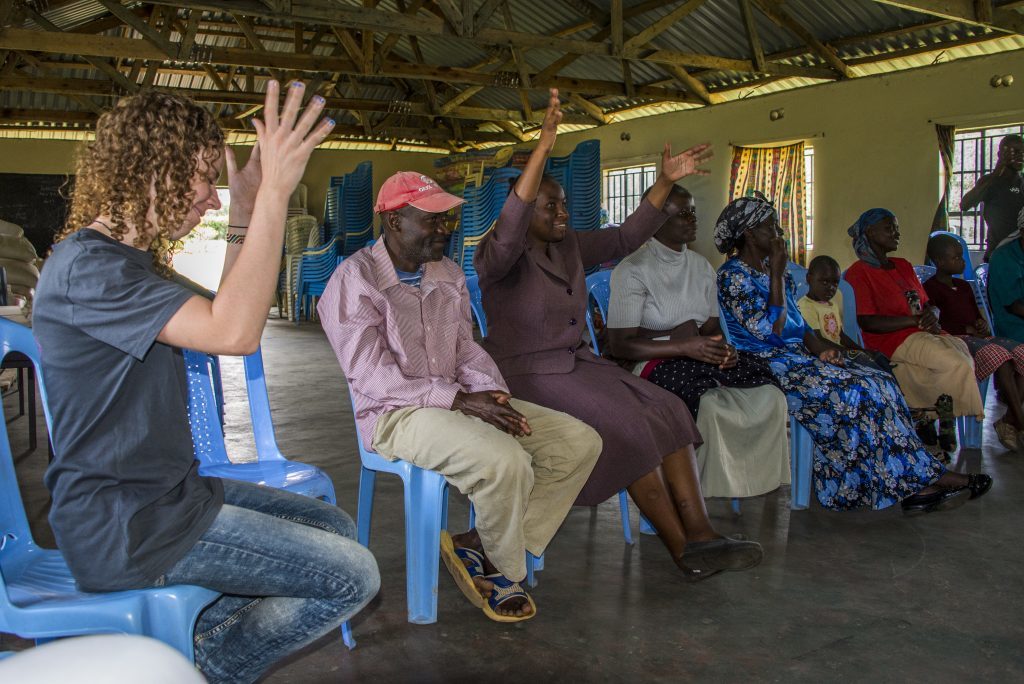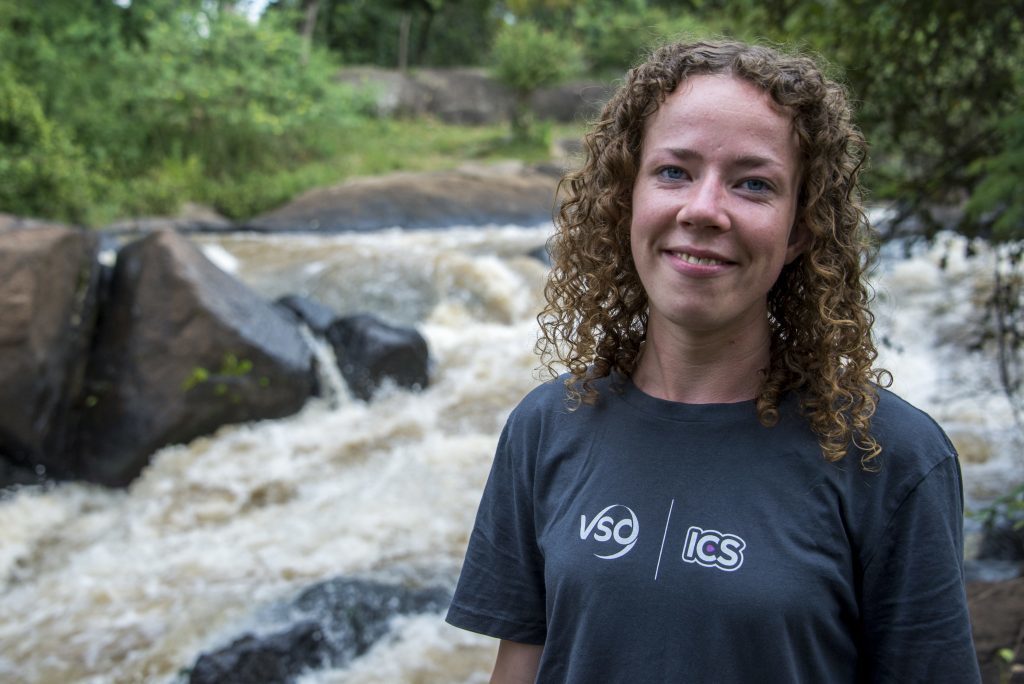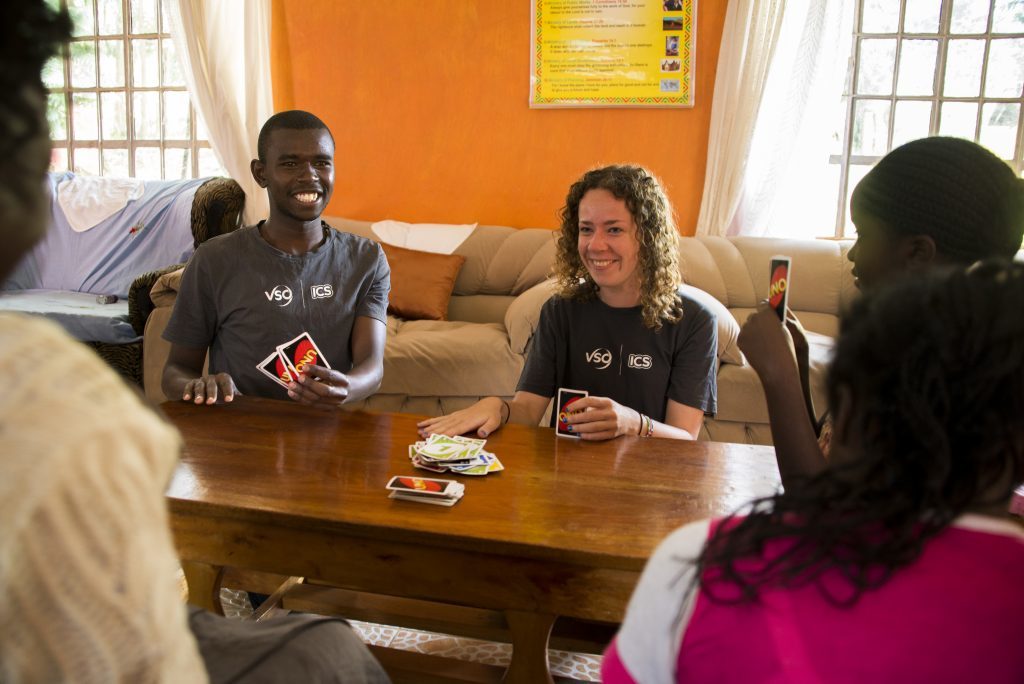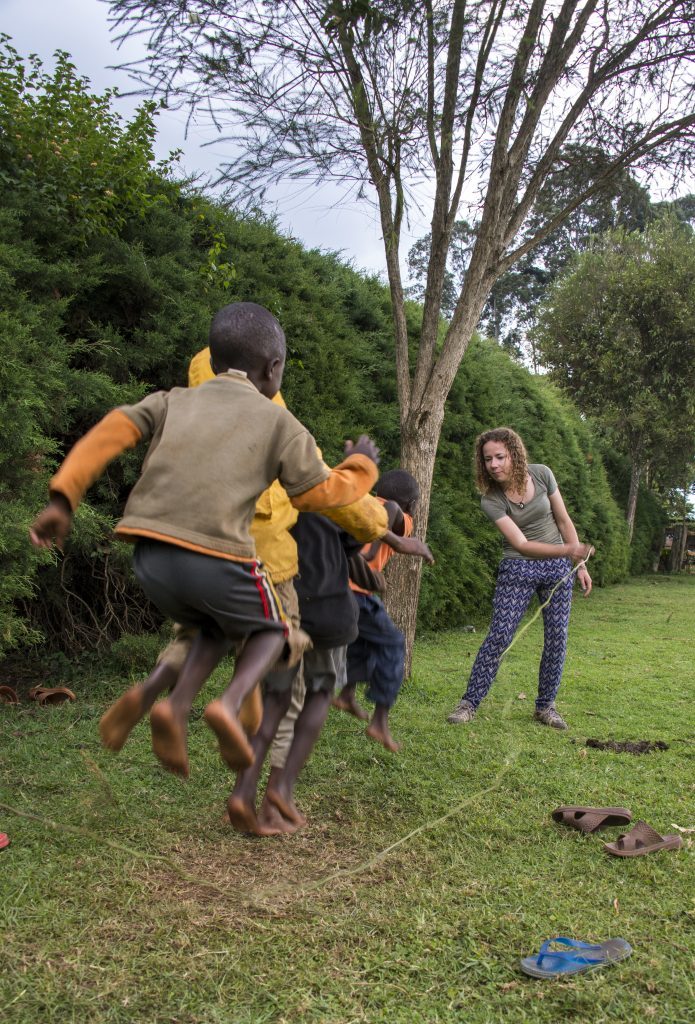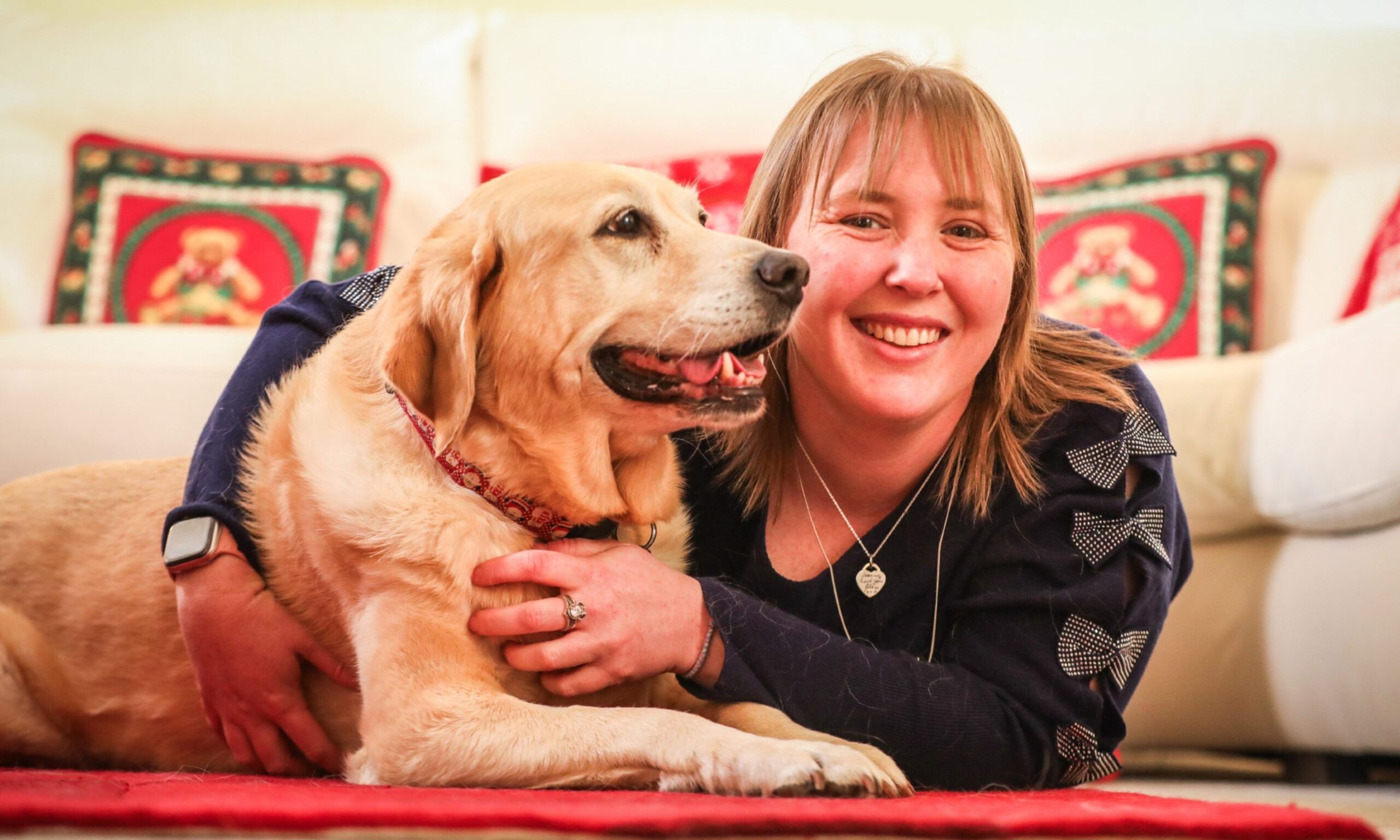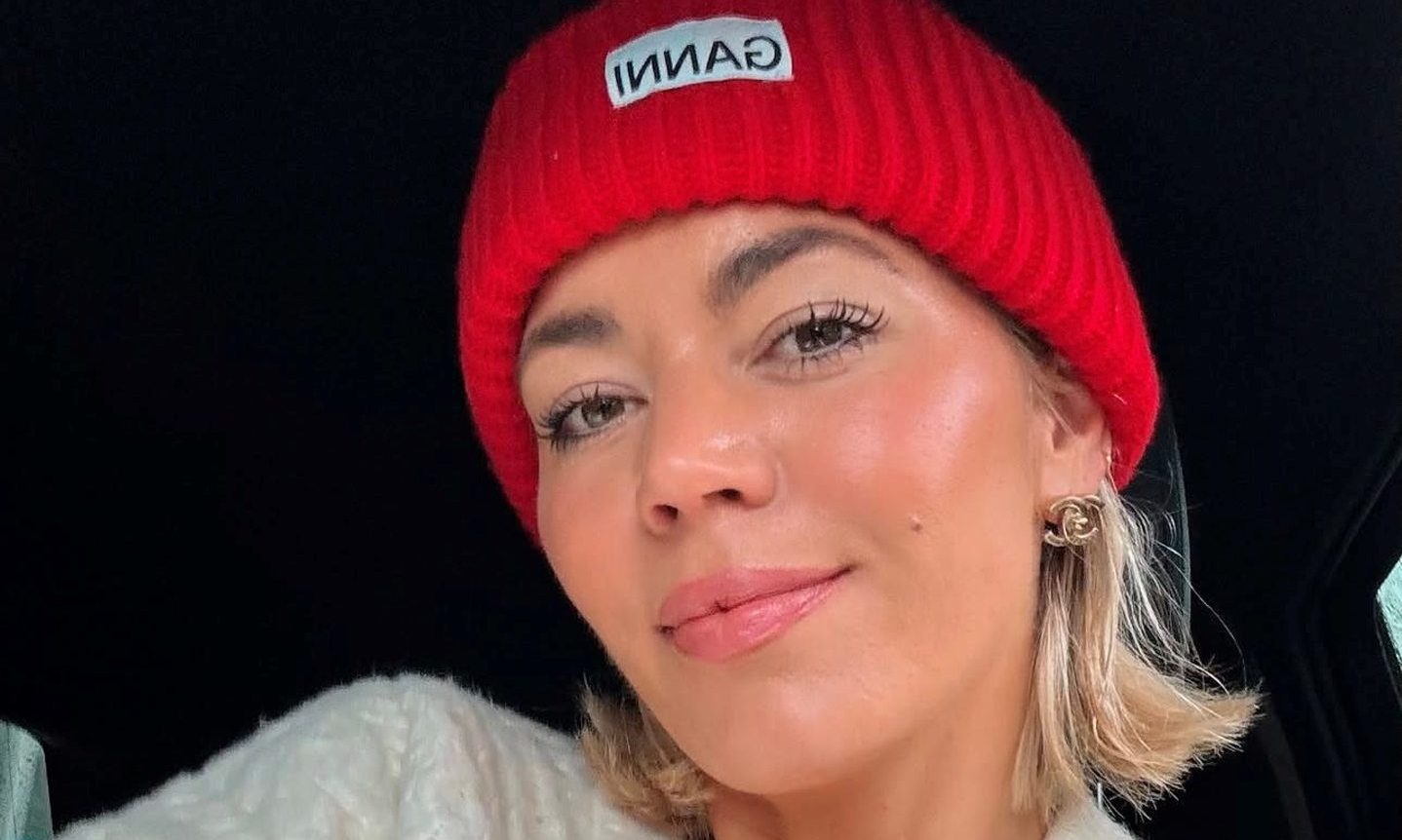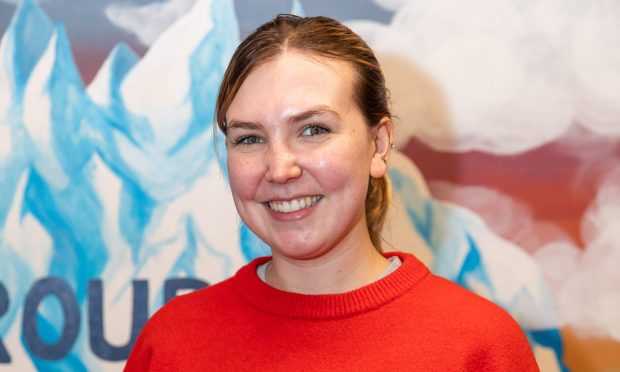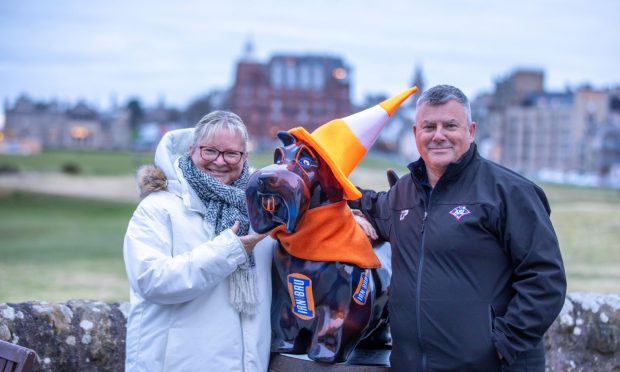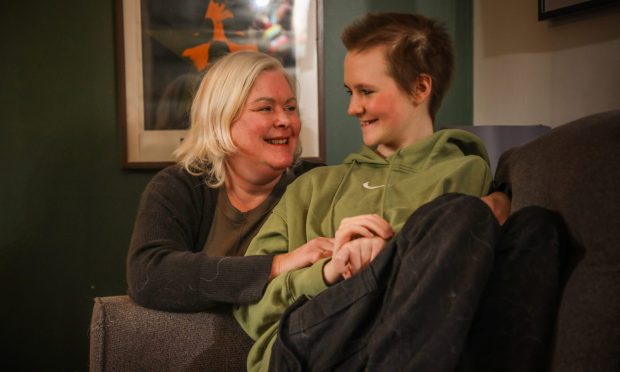A young woman from Carnouste – who was born deaf – has played her part in trying to break the horrifying stigma attached to deafness in rural Kenya, where the condition is often considered a curse or a punishment from God.
Shona Ramsay-Hogan, 21, recently spent three months working with deaf children,volunteering through the ICS programme, which is open to all 18-25 year olds.
She taught the children and their parents sign language so they could speak to each other for the first time. She also ran deaf awareness sessions that challenged the stigma around deafness.
She also helped build a playground at the local deaf school, and working with her team mates, organised an awareness-raising march through the centre of the regional capital.
Shona explains how the project took off – her first ever trip outside Europe.
“I’ve always had an interest in volunteering abroad. I studied psychology for two years at university before deciding to take a break. I was interested in working in mental health, specifically with deaf people, and ultimately I’d like a job that hopefully helps people in some capacity,” she says.
Shona had always wanted to volunteer abroad but was worried about communication.
“Since this was specifically for deaf people, I jumped at the chance!” she smiles.
In addition to helping the children with sign language, she also worked at the Urafiki (which translates as Friendship) Centre in Yala, a charity supporting children and elderly people in the area.
“They help send children to school and support families in a variety of ways,” she explains.
While she admits culture differences were difficult to deal at first, she loved everything, from the food and the weather to living with her host family and interacting with people.
“And I really saw the difference Urafiki makes. At the moment they are dealing with an influx of families with deaf children hoping to send their children to school, which costs about 40,000 shillings a year (approximately £350), and that’s before they’ve bought uniform, a trunk, and bedding.”
If you’d like to help raise funds for Urafiki, visit www.urafiki.org.uk
Did you know?
When boys in Kenya reach puberty, they have to move out of the family home.
The tradition at birthdays is that the birthday person will feed everyone a piece of cake, as well often smearing it on his/her face.
Sign language is not international – Kenyan sign language is more similar to American sign language than British.
One of the staple foods of Kenya is Ugali, made mixing flour with boiling water. It can be soft or hard depending on the tribe the person making it comes from.
The sun sets around 6pm and it gets dark really quickly – usually by 7.30pm.
Officially, there are 42 tribes in Kenya – the largest three are Kikuyu, Luhya and Luo.
English and Swahili are the official languages but there are dozens more languages spoken by the different tribes.
Running, volleyball and football are the most popular sports in Kenya.
The Kenyan flag was adopted in 1963 when they became independent from the UK.
